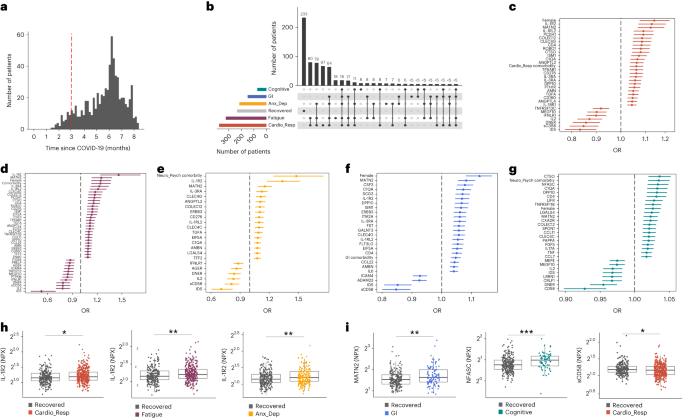2024-04-07 カロリンスカ研究所(KI)
 Photo: Getty Images.
Photo: Getty Images.
<関連情報>
- https://news.ki.se/unnecessary-use-of-beta-blockers-after-a-heart-attack
- https://www.nejm.org/doi/10.1056/NEJMoa2401479
心筋梗塞後のβ遮断薬と駆出率の維持 Beta-Blockers after Myocardial Infarction and Preserved Ejection Fraction
Troels Yndigegn, M.D., Bertil Lindahl, Ph.D., Katarina Mars, M.D., Joakim Alfredsson, Ph.D., Jocelyne Benatar, Ph.D., Lisa Brandin, Ph.D., David Erlinge, Ph.D., +12, for the REDUCE-AMI Investigators
New England Journal of Medicine Published: April 7, 2024
DOI: 10.1056/NEJMoa2401479
Abstract
BACKGROUND
Most trials that have shown a benefit of beta-blocker treatment after myocardial infarction included patients with large myocardial infarctions and were conducted in an era before modern biomarker-based diagnosis of myocardial infarction and treatment with percutaneous coronary intervention, antithrombotic agents, high-intensity statins, and renin–angiotensin–aldosterone system antagonists.
METHODS
In a parallel-group, open-label trial performed at 45 centers in Sweden, Estonia, and New Zealand, we randomly assigned patients with an acute myocardial infarction who had undergone coronary angiography and had a left ventricular ejection fraction of at least 50% to receive either long-term treatment with a beta-blocker (metoprolol or bisoprolol) or no beta-blocker treatment. The primary end point was a composite of death from any cause or new myocardial infarction.
RESULTS
From September 2017 through May 2023, a total of 5020 patients were enrolled (95.4% of whom were from Sweden). The median follow-up was 3.5 years (interquartile range, 2.2 to 4.7). A primary end-point event occurred in 199 of 2508 patients (7.9%) in the beta-blocker group and in 208 of 2512 patients (8.3%) in the no–beta-blocker group (hazard ratio, 0.96; 95% confidence interval, 0.79 to 1.16; P=0.64). Beta-blocker treatment did not appear to lead to a lower cumulative incidence of the secondary end points (death from any cause, 3.9% in the beta-blocker group and 4.1% in the no–beta-blocker group; death from cardiovascular causes, 1.5% and 1.3%, respectively; myocardial infarction, 4.5% and 4.7%; hospitalization for atrial fibrillation, 1.1% and 1.4%; and hospitalization for heart failure, 0.8% and 0.9%). With regard to safety end points, hospitalization for bradycardia, second- or third-degree atrioventricular block, hypotension, syncope, or implantation of a pacemaker occurred in 3.4% of the patients in the beta-blocker group and in 3.2% of those in the no–beta-blocker group; hospitalization for asthma or chronic obstructive pulmonary disease in 0.6% and 0.6%, respectively; and hospitalization for stroke in 1.4% and 1.8%.
CONCLUSIONS
Among patients with acute myocardial infarction who underwent early coronary angiography and had a preserved left ventricular ejection fraction (≥50%), long-term beta-blocker treatment did not lead to a lower risk of the composite primary end point of death from any cause or new myocardial infarction than no beta-blocker use. (Funded by the Swedish Research Council and others; REDUCE-AMI ClinicalTrials.gov number, NCT03278509.)


